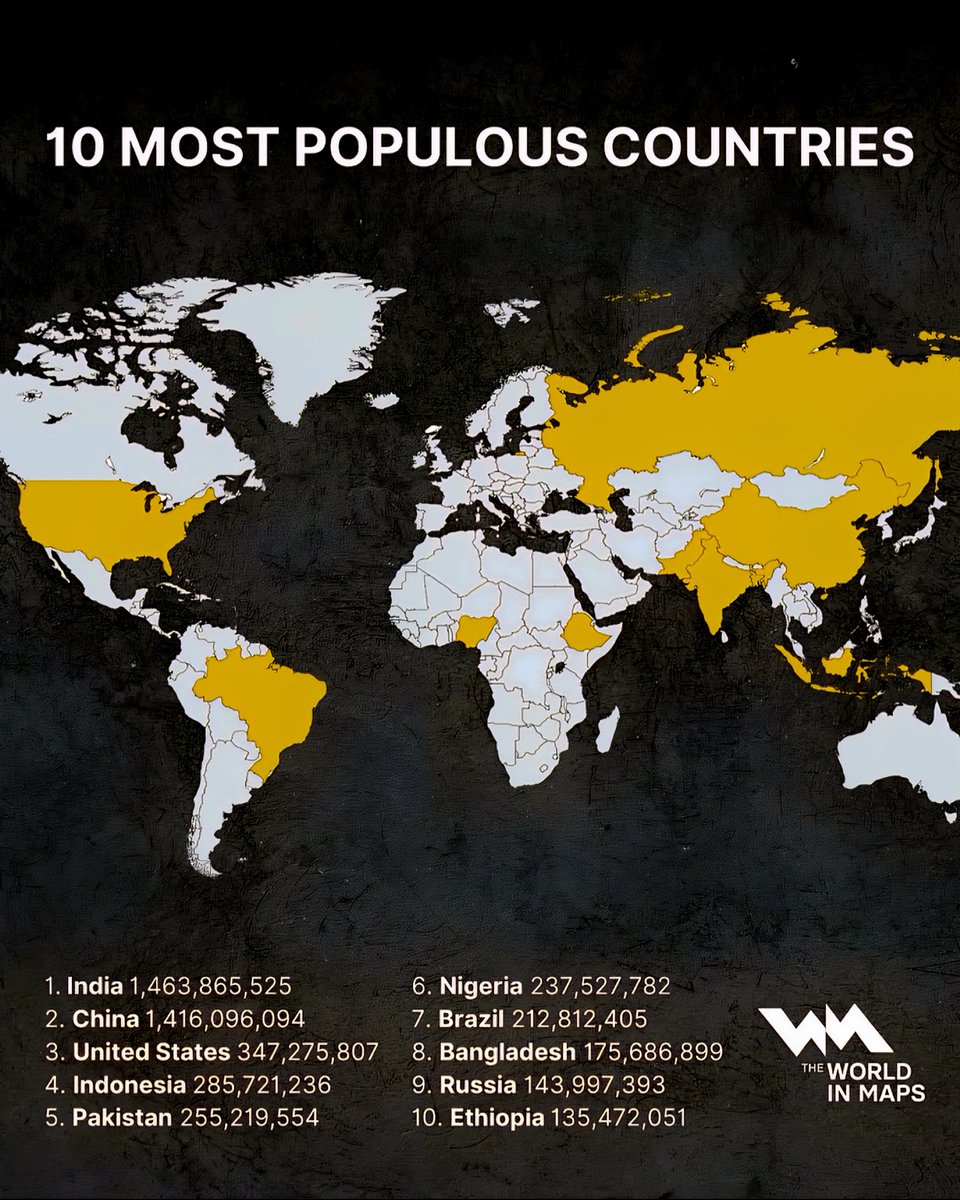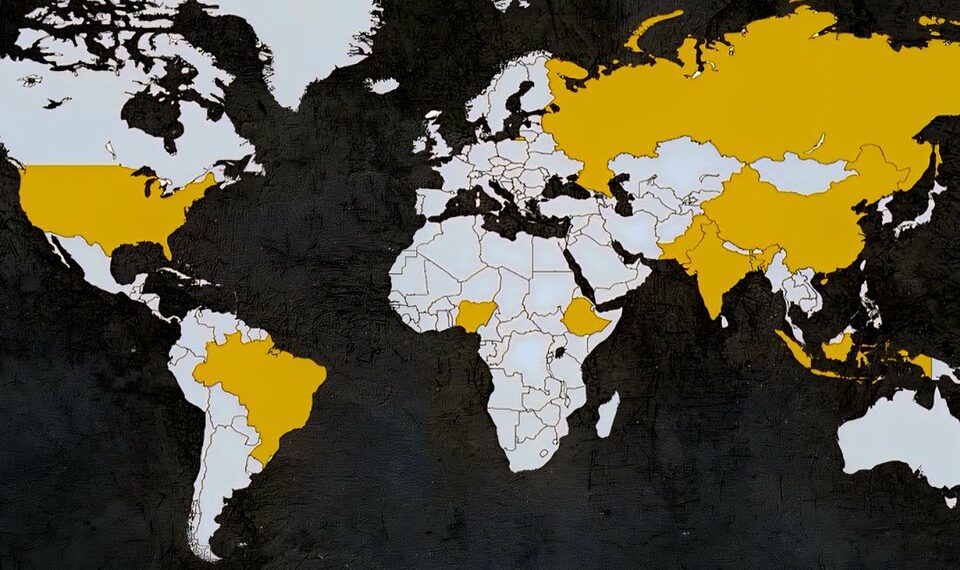Select Language:
The 10 Most Populous Countries in 2025

In 2025, the world continues to see shifts in population dynamics, with some nations experiencing rapid growth while others face stagnation or decline. Understanding these demographic patterns offers insights into economic trends, resource demands, and geopolitical changes. Here’s a closer look at the ten most populous countries as of 2025:
1. China
China remains the most populous country in 2025, with an estimated population exceeding 1.44 billion. Although it has experienced a slowdown in population growth due to aging demographics and previous family planning policies, it still retains its top position. The country faces a continuing challenge to balance urbanization, resource allocation, and sustainable development amid its vast population.
2. India
India continues its remarkable demographic rise, with a population surpassing 1.43 billion people. The nation’s young population pool drives economic growth, but also presents challenges in healthcare, education, and urban infrastructure. India’s population growth is slowing but remains significant enough to shape global economic landscapes for decades to come.
3. United States
The United States has cemented its position as the third most populous country, with a population around 338 million. Its diverse immigration policies, birth rates, and regional variances influence demographic changes. The U.S. continues to be a major global demographic and economic force, adapting to shifting migration patterns and birthrate trends.
4. Indonesia
Indonesia holds the fourth spot, with a population nearing 330 million. As Southeast Asia’s largest economy, its demographic growth supports a booming consumer market and vibrant workforce. Urban centers like Jakarta and Surabaya continue to expand, bringing both opportunities and infrastructural challenges.
5. Pakistan
Pakistan’s population has grown to approximately 240 million, making it the fifth most populous country. Its high fertility rate contributes to continued growth, stressing education, health, and economic systems. The government is focusing on development strategies to better manage its demographic growth.
6. Nigeria
Nigeria’s population is now estimated at around 220 million, ranking sixth globally. With the world’s highest birthrate among large nations, Nigeria’s population explosion impacts its economy and governance. Efforts to improve healthcare and education are underway to address the rapid growth.
7. Brazil
Brazil’s population has stabilized at around 215 million, though it has experienced slight decline in recent years. Demographic aging and decreased birthrates are reshaping the country’s social and economic policies. Urbanization remains high, with Rio de Janeiro and São Paulo continuing to be major hubs.
8. Bangladesh
Bangladesh, with a population close to 170 million, remains one of the most densely populated countries in the world. Its rural and urban populations face challenges related to poverty and infrastructure. Despite these, Bangladesh continues to record modest growth due to improvements in health and education.
9. Russia
Russia’s population has declined to around 144 million, due in part to low birthrates, high mortality rates, and emigration. The government is implementing policies to bolster population numbers through incentives for families and migration programs to reverse the trend.
10. Mexico
Completing the list is Mexico, with a population nearing 130 million. While growth has slowed, Mexico continues to be a significant demographic player in Latin America. Its large urban centers and youthful workforce are central to its economic prospects, though challenges related to inequality and urban planning persist.
As of 2025, these nations exemplify diverse demographic trends integral to understanding global economics, geopolitics, and societal shifts. Monitoring these populations will help prepare for future infrastructural needs, policy adjustments, and international collaborations.
Image Source: 𝕏/xruiztru






